Wood, beads, ritual patination height 15 7/8in (40.3cm) Provenance Gustave and Franyo Schindler, New York Private American Collection Exhibited New York, Masks and Sculptures from the Collection of Gustave and Franyo Schindler, The Museum of Primitive Art, November 2, 1966 - February 5 1967 New York, Sets, Series and Ensembles in African Arts, The Center for African Art, July 17 - October 27, 1985 Los Angeles, The Inner Eye: Vision and Transcendence in African Arts, LACMA, February 26 - July 9, 2017 Published Schindler, Gustave, Masks and Sculptures from the Collection of Gustave and Franyo Schindler, New York: The Museum of Primitive Art, 1966, no. 19 Preston, George, Susan Vogel (introduction), and Polly Nooter (catalogue), Sets, Series, and Ensembles in African Art, New York: The Center for African Art and Harry N. Abrams, Inc., 1985, pp. 77, no. 80 Yale University Art Gallery, van Rijn African Art Archive No. 0010667 According to Mary Nooter and Alan Roberts, 'The soul of each Luba kingship is literally enshrined in a throne. When a Luba king died, his royal residence was preserved for posterity as a "spirit capital," a lieu de mémoire where his memory was perpetuated through a spirit medium called a "Mwadi" who incarnated his spirit. This site became known as a "kitenta" or "seat" -- a symbolic seat of remembrance and power, which would continue the king's reign. The king's stool, a concrete symbol of this larger and more metaphysical "seat," expresses the most fundamental precepts of Luba power and dynastic succession.' (Memory: Luba Art and the Making of History, The Museum of African Art, New York, 1996, p. 17, Cat. 1). Furthermore, 'Seats are the most important emblem of Luba kingship, and serve to generate memory and history. Not only is a Luba King's place referred to as a "seat of power" (kitenta), but seating is a metaphor for the many levels and layers of hierarchy and stratification that characterize Luba royal prerogative. Stools figured prominently in royal investiture rites, signaling the moment when the new ruler swore his oath of office and addressed his people for the first time as king. To attract the spirit world, the female figure supporting this stool [as in the present example] bears the marks of Luba identity and physical perfection, including scarifications, an elegant coiffure, gleaming black skin, and a serene, composed attitude.' (p. 18, Cat. 2)
Wood, beads, ritual patination height 15 7/8in (40.3cm) Provenance Gustave and Franyo Schindler, New York Private American Collection Exhibited New York, Masks and Sculptures from the Collection of Gustave and Franyo Schindler, The Museum of Primitive Art, November 2, 1966 - February 5 1967 New York, Sets, Series and Ensembles in African Arts, The Center for African Art, July 17 - October 27, 1985 Los Angeles, The Inner Eye: Vision and Transcendence in African Arts, LACMA, February 26 - July 9, 2017 Published Schindler, Gustave, Masks and Sculptures from the Collection of Gustave and Franyo Schindler, New York: The Museum of Primitive Art, 1966, no. 19 Preston, George, Susan Vogel (introduction), and Polly Nooter (catalogue), Sets, Series, and Ensembles in African Art, New York: The Center for African Art and Harry N. Abrams, Inc., 1985, pp. 77, no. 80 Yale University Art Gallery, van Rijn African Art Archive No. 0010667 According to Mary Nooter and Alan Roberts, 'The soul of each Luba kingship is literally enshrined in a throne. When a Luba king died, his royal residence was preserved for posterity as a "spirit capital," a lieu de mémoire where his memory was perpetuated through a spirit medium called a "Mwadi" who incarnated his spirit. This site became known as a "kitenta" or "seat" -- a symbolic seat of remembrance and power, which would continue the king's reign. The king's stool, a concrete symbol of this larger and more metaphysical "seat," expresses the most fundamental precepts of Luba power and dynastic succession.' (Memory: Luba Art and the Making of History, The Museum of African Art, New York, 1996, p. 17, Cat. 1). Furthermore, 'Seats are the most important emblem of Luba kingship, and serve to generate memory and history. Not only is a Luba King's place referred to as a "seat of power" (kitenta), but seating is a metaphor for the many levels and layers of hierarchy and stratification that characterize Luba royal prerogative. Stools figured prominently in royal investiture rites, signaling the moment when the new ruler swore his oath of office and addressed his people for the first time as king. To attract the spirit world, the female figure supporting this stool [as in the present example] bears the marks of Luba identity and physical perfection, including scarifications, an elegant coiffure, gleaming black skin, and a serene, composed attitude.' (p. 18, Cat. 2)
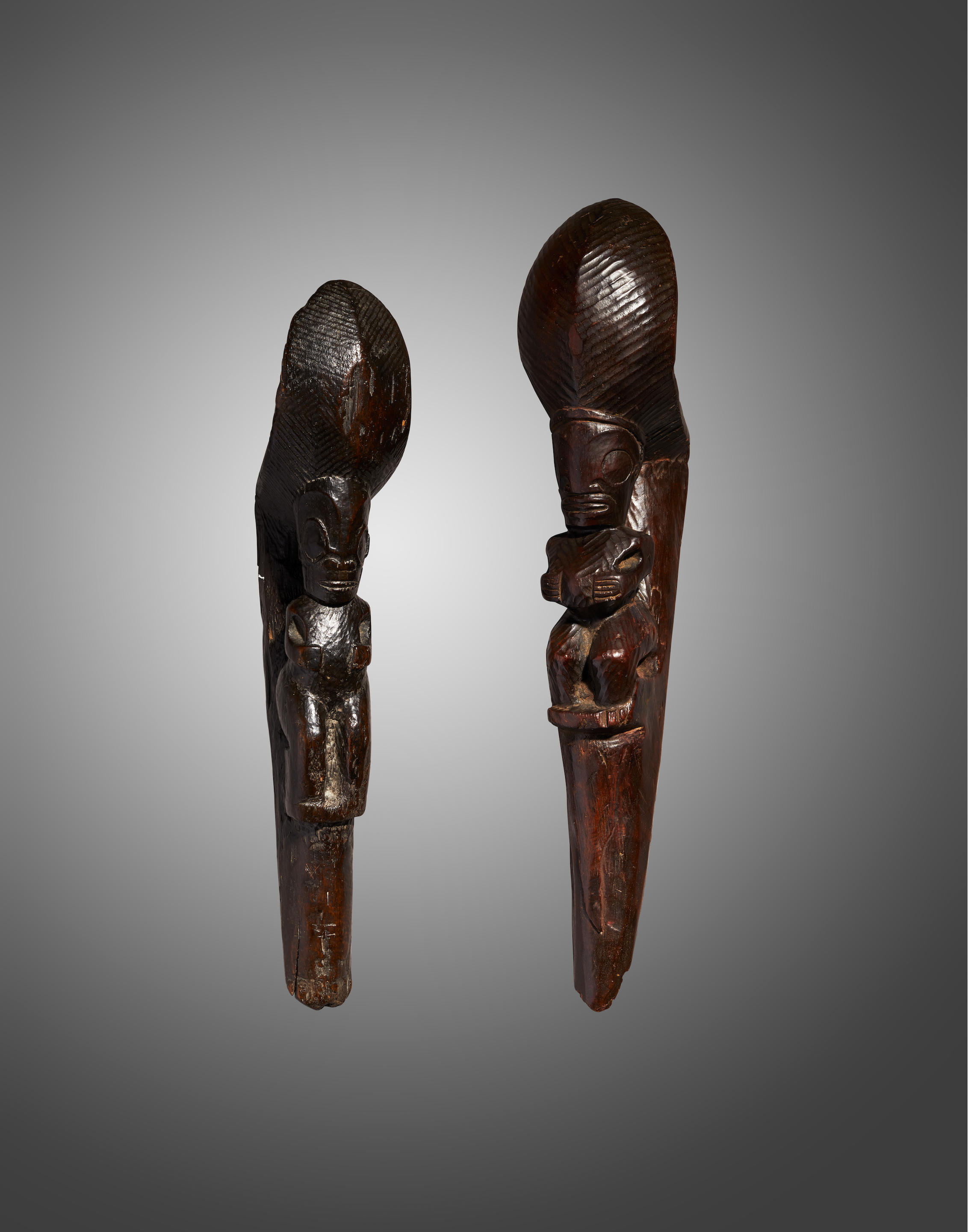
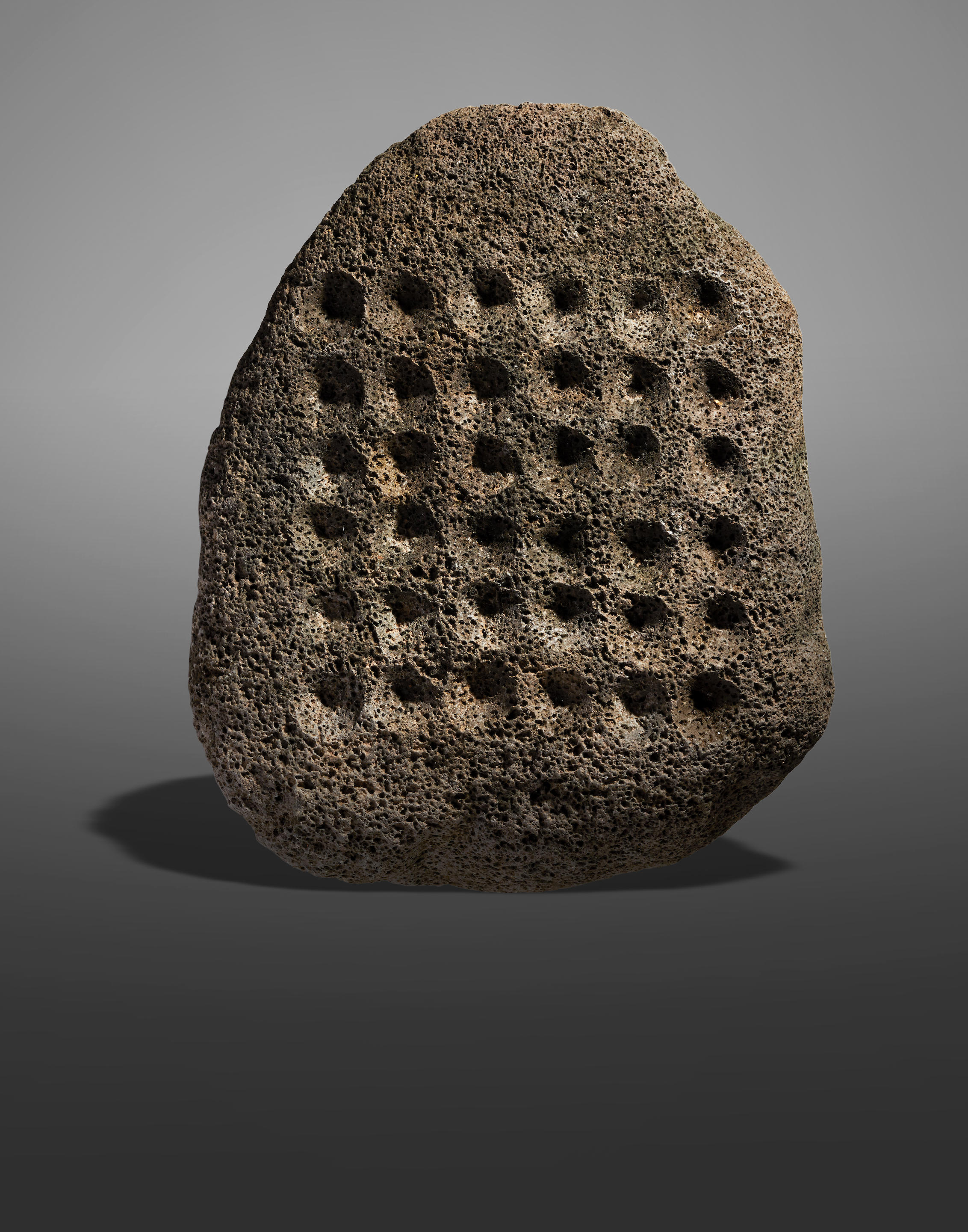

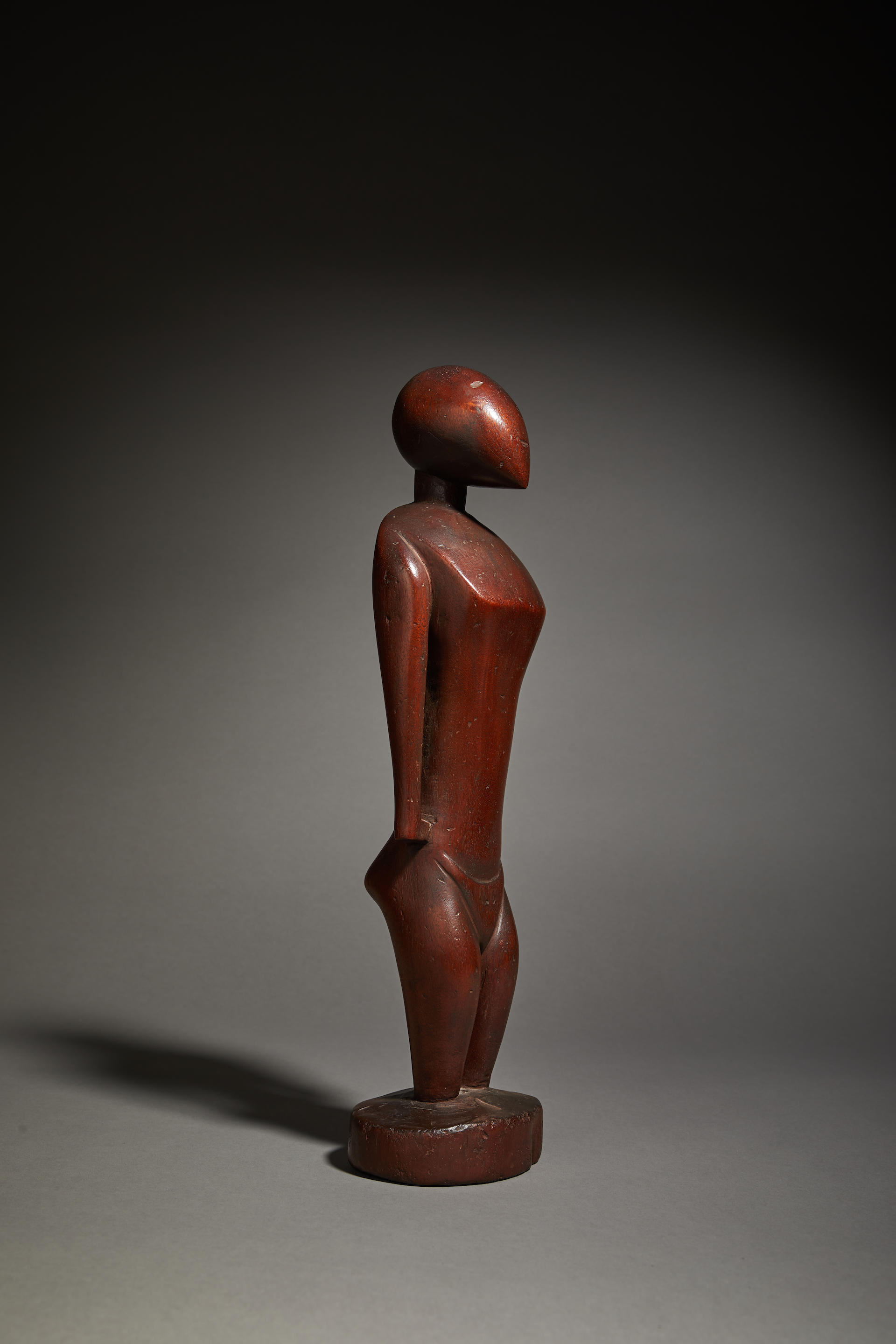
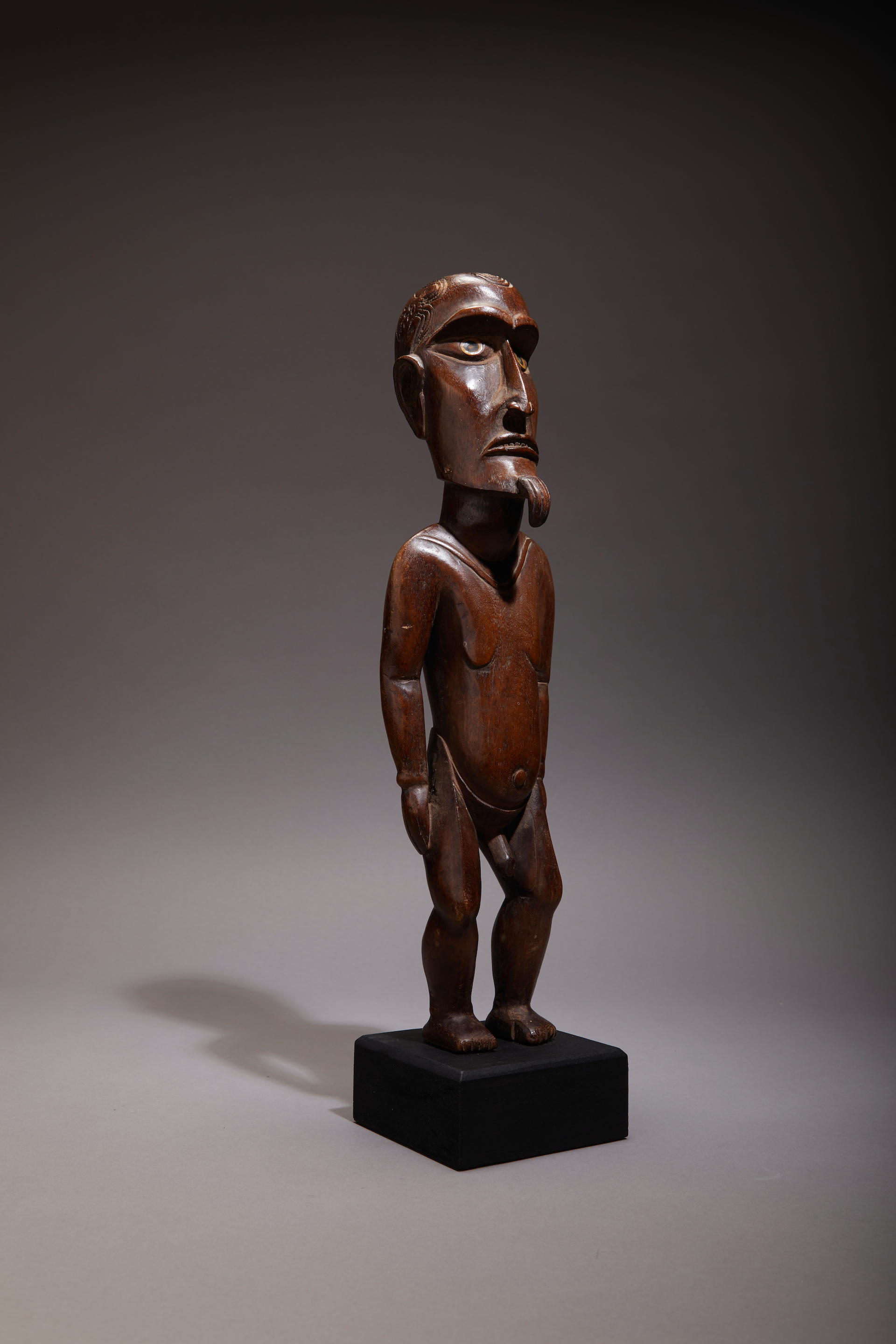
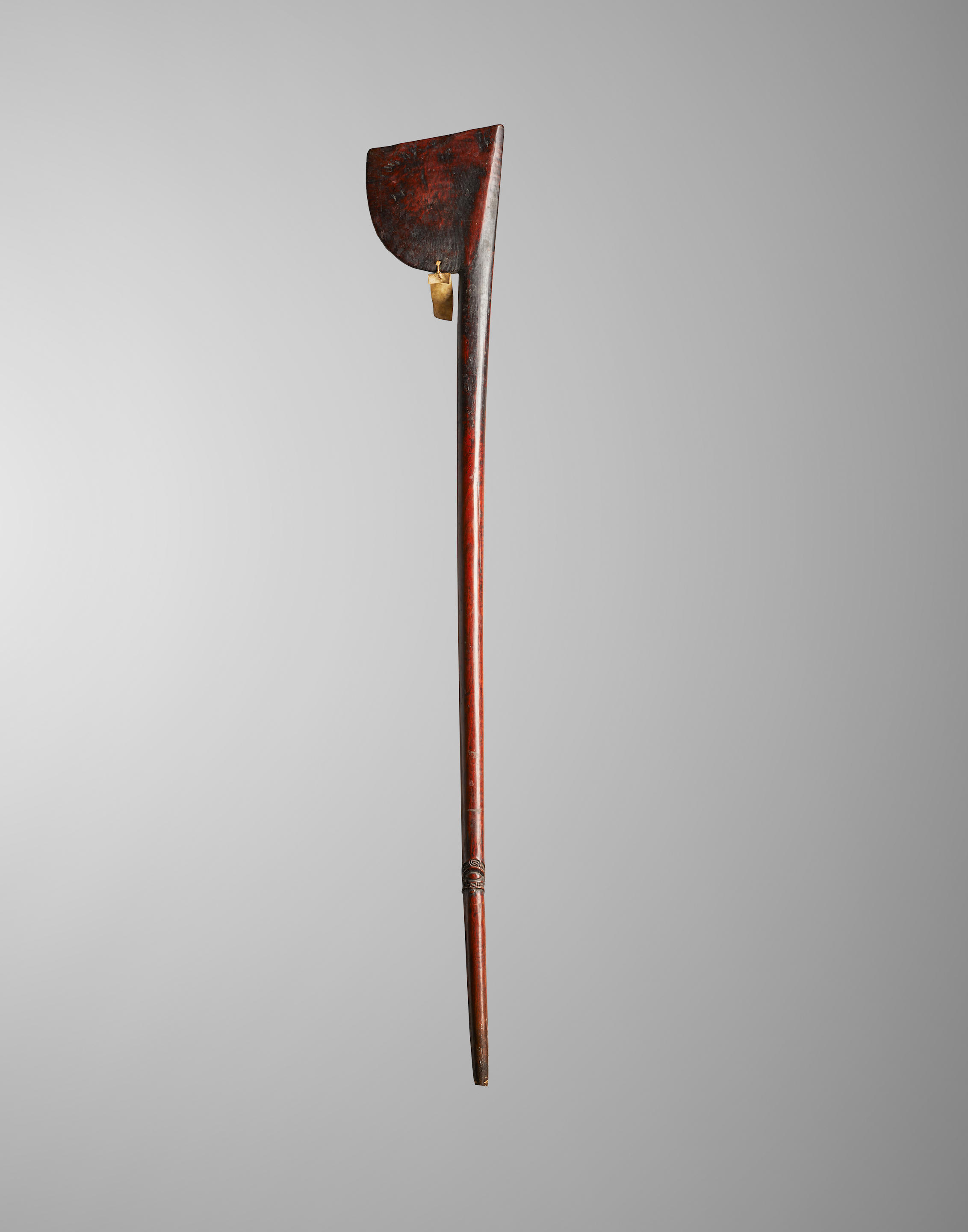



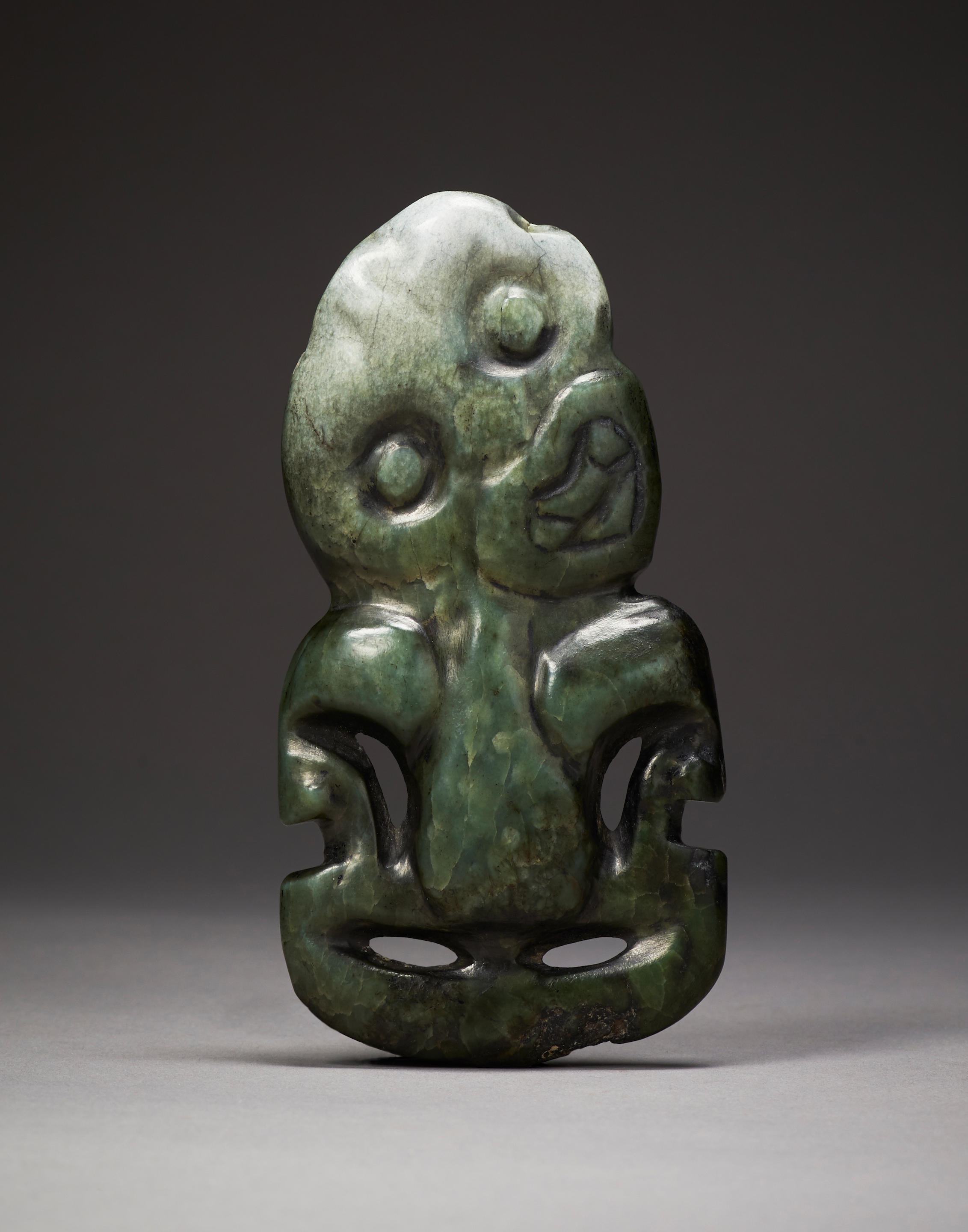
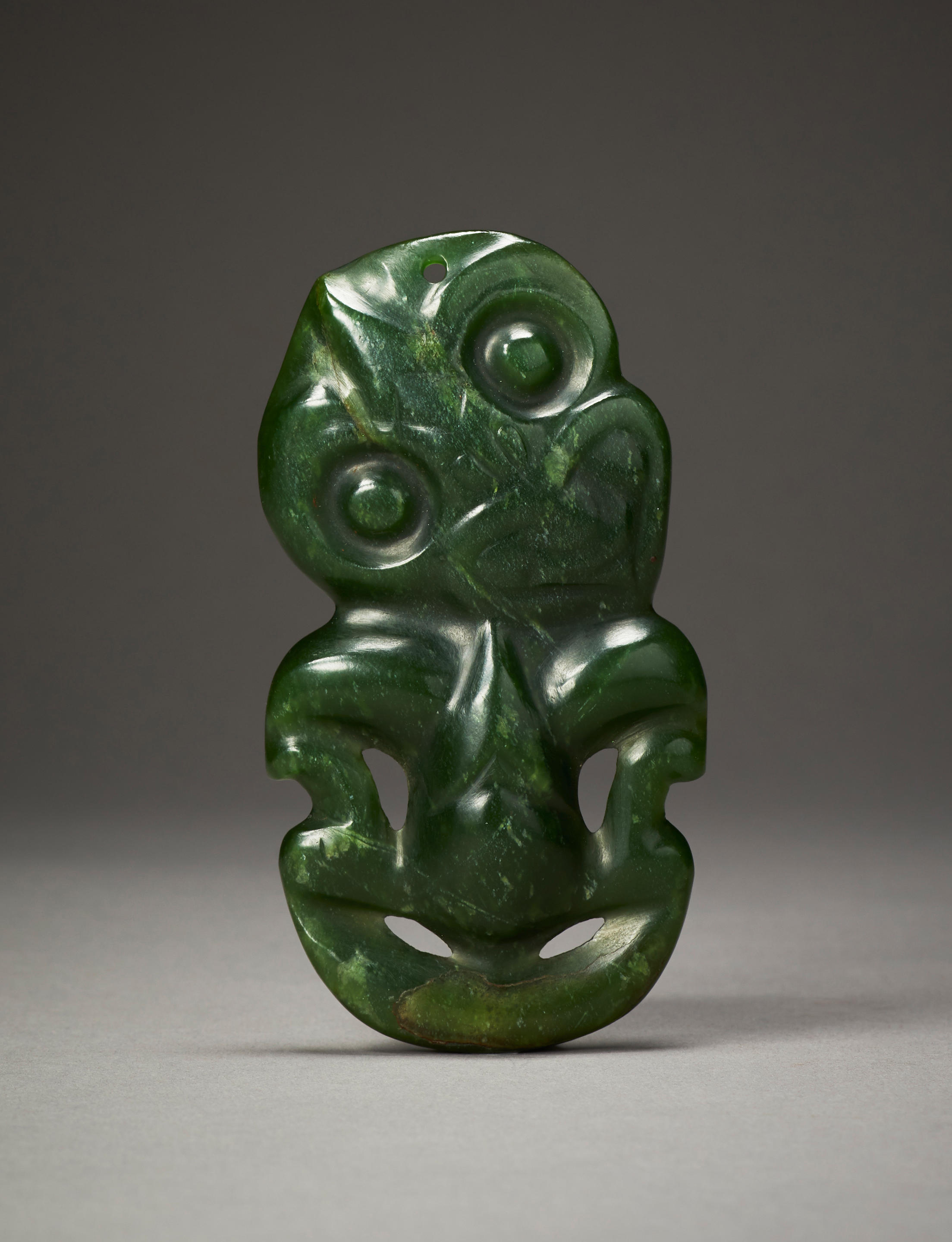

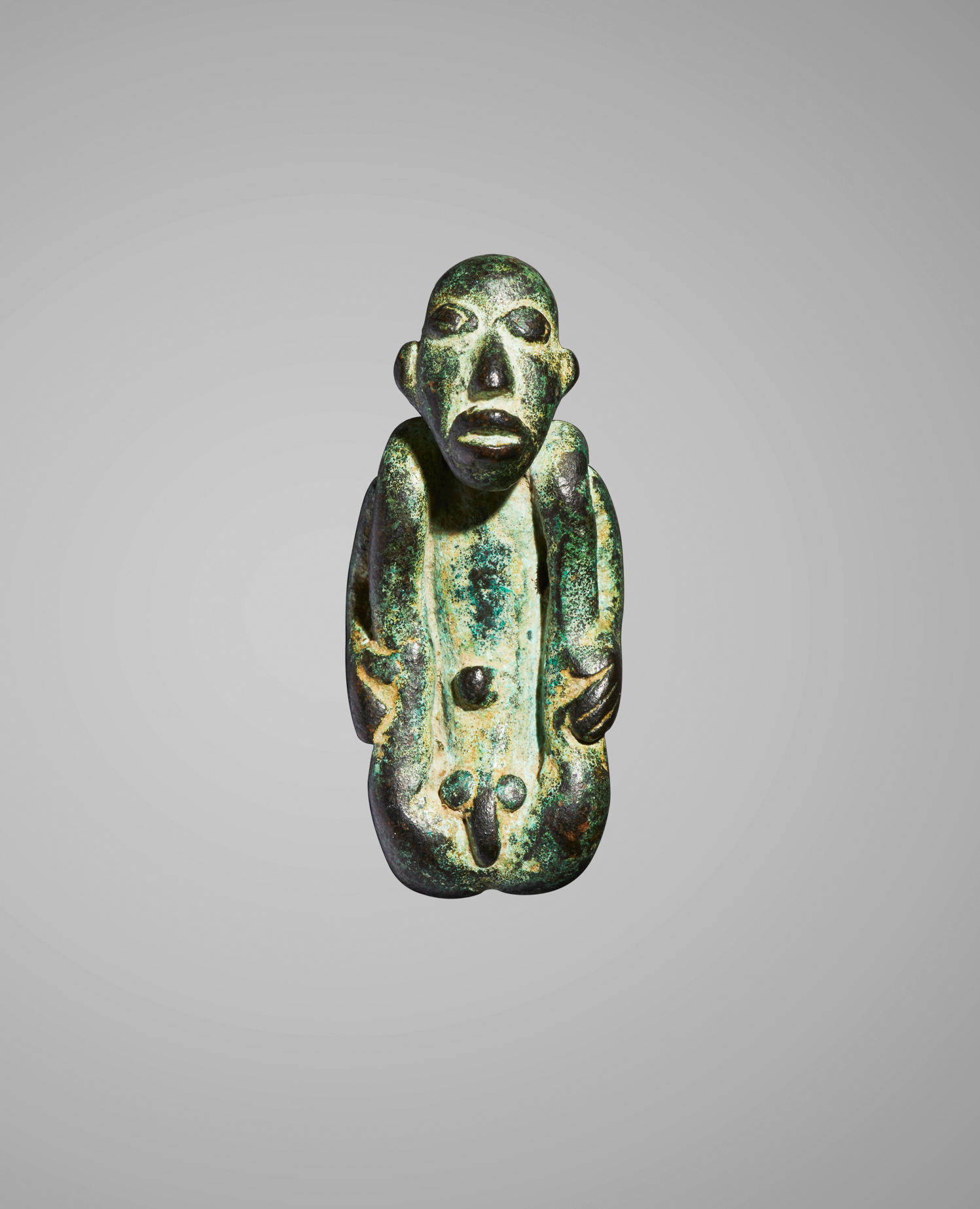

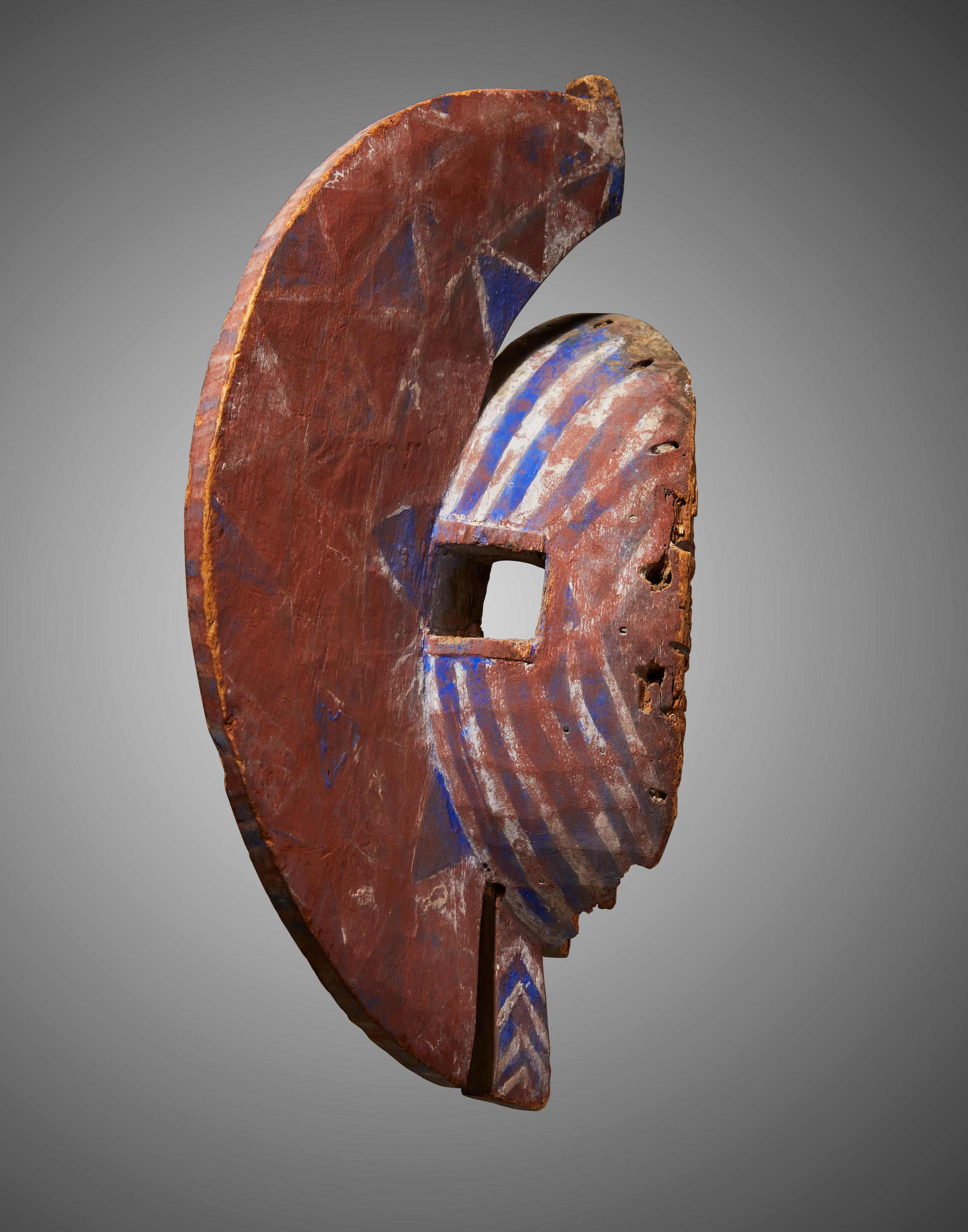
Testen Sie LotSearch und seine Premium-Features 7 Tage - ohne Kosten!
Lassen Sie sich automatisch über neue Objekte in kommenden Auktionen benachrichtigen.
Suchauftrag anlegen